Industry Outlook
Manheim Used Vehicle Value Index Report – September 2016
Monday October 24, 2016
Article Highlights
- The average price of a rental risk unit sold at auction in September reached a record high of just over $17,000.
- In the first eight months of 2016, used unit retail sales were up 4.7% from a year ago.
- Higher retail used unit sales and stabilizing margins have kept dealers active bidders in the wholesale market.
Wholesale Prices Unchanged in September
Wholesale used vehicle prices (on a mix-, mileage-, and seasonally adjusted basis) remained unchanged between August and September. Non-seasonally adjusted prices declined 1% during the month. The Manheim Used Vehicle Value Index stood at 126.9 for September, an increase of 1.7% from a year ago.
The strength in wholesale pricing is, in large part, explained by current and past increases in new vehicle transaction prices (even after adjusted for mix shifts). For example, the new vehicle component of the CPI (which further includes a quality adjustment) has increased by 1% over the past three years and a straight average of new vehicle transaction prices is up 9% since 2013. As such, wholesale used vehicle prices relative to new vehicle prices are not out-of-line with historic norms. Additionally, higher retail used unit sales and stabilizing margins have kept dealers active bidders in the wholesale market.
Upcoming Seasonal Forces
The seasonal headwind to wholesale pricing has always been strongest during the Labor Day to Thanksgiving period. And, statistics show that the seasonal pressure on wholesale pricing in October has not diminished over the past twenty years even though new model introductions are increasingly scattered throughout the calendar year.
Preselling the tax refund season with the use of downpayment deferral programs has, however, made both November and December relatively stronger pricing months than in years past. Indeed, in each of the past three years, November (which had historically been the weakest month for wholesale pricing) was slightly stronger than October, statistically speaking.
New Vehicle Sales Are Strong, But Used Vehicle Sales Are Stronger
The seasonally adjusted annual rate (SAAR) for new vehicle sales came in at a better-than-expected 17.7 million in September. Aggressive incentives during extended Labor Day events were dialed back slightly as the month progressed, but with inventory levels still a bit pudgy, we expect competitive dynamics in the new vehicle market during the fourth quarter will be somewhat detrimental to used vehicle residuals. It will take a SAAR in excess of 18 million in the fourth quarter for this year’s sales total to be a record. Let’s hope manufacturers don’t chase that record.
In the first eight months of 2016, used unit retail sales were up 4.7% from a year ago. Dealer surveys mid-month suggested a modest uptick for September. We know for sure that CPO sales slipped 1.4% in September, but remained up 3.7% year-to-date.
Although CarMax’s earnings report for the quarter ending August 31st was greeted less-than-enthusiastically by financial analysts, the key metrics of importance to future used vehicle values – same-store sales growth and gross margins – were positive. Same-store retail sales were up 3.1% (and considerably more if adjusted for the lower level of third party subprime financing) and gross margins were stable.
Rental Risk Offerings Have Lower Mileage, Better Mix and Higher Quality
The average price of a rental risk unit sold at auction in September reached a record high of just over $17,000. That record price was driven by lower mileage and a better mix of vehicles being sold in better condition. Our index of rental risk pricing adjusted for mileage and broad market class shifts was down 1% for the month and year-over-year.
At 37,100 miles, the average mileage of rental risk units sold at auctions was the lowest since November 2013. Relative to mix, midsize cars represented a significantly smaller share of September sales. Crossovers accounted for a much higher share.
In the third quarter of 2016, vehicles with a grade of 4.0 or higher accounted for 42% of all rental risk sales. In last year’s third quarter, vehicles in that condition accounted for only 34% of sales.
Pricing Trends By Market Class and Consignor Type
All major car segments had year-over-year price declines in September (and all major truck segments were up), but, within cars, the sporty segment was up significantly. Within the SUV/CUV segment, small entry units were weak (-4.4%) while fullsize units were up 6.5%.
A straight average of dealer-consigned units had a 2.7% increase in auction prices and a 1% decline in average mileage. Commercially-consigned units had the same 1% decline in average mileage, but only a 1.6% increase in average selling price. A straight average of all auctions sales showed prices up more than 4% as a result of a higher share of commercially-consigned units and a richer mix of vehicles.

